Luca Mazzon
DOA Estimation by DNN-based Denoising and Dereverberation from Sound Intensity Vector
Oct 10, 2019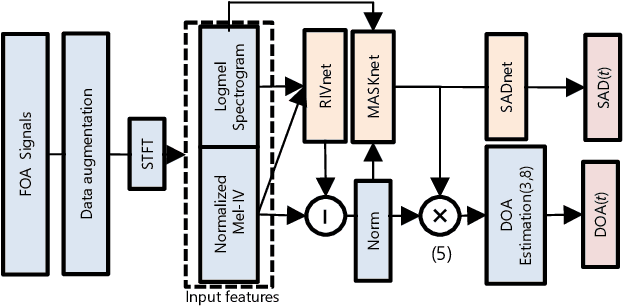

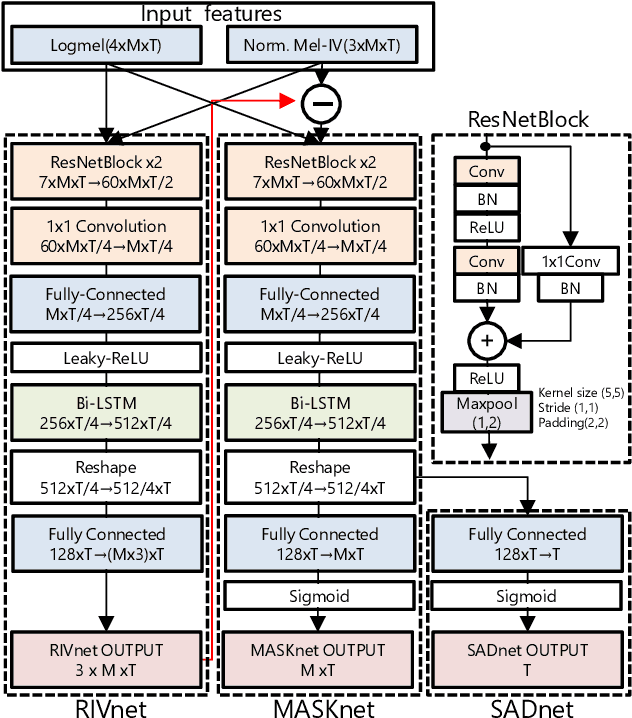
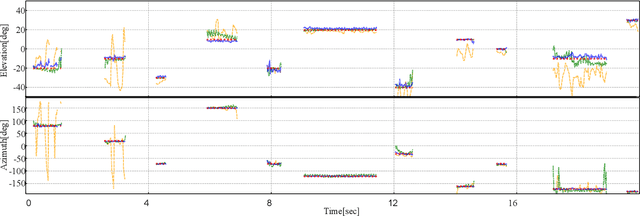
Abstract:We propose a direction of arrival (DOA) estimation method that combines sound-intensity vector (IV)-based DOA estimation and DNN-based denoising and dereverberation. Since the accuracy of IV-based DOA estimation degrades due to environmental noise and reverberation, two DNNs are used to remove such effects from the observed IVs. DOA is then estimated from the refined IVs based on the physics of wave propagation. Experiments on an open dataset showed that the average DOA error of the proposed method was 0.528 degrees, and it outperformed a conventional IV-based and DNN-based DOA estimation method.
First Order Ambisonics Domain Spatial Augmentation for DNN-based Direction of Arrival Estimation
Oct 10, 2019
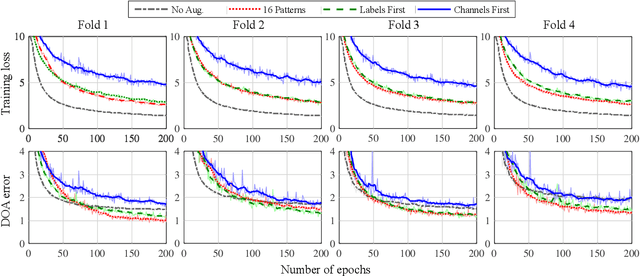
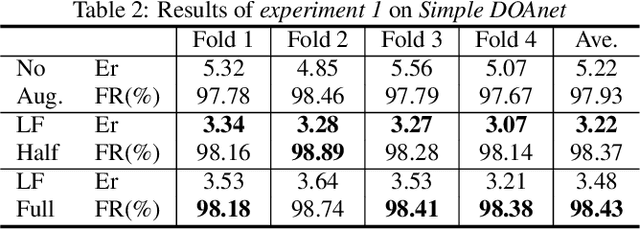
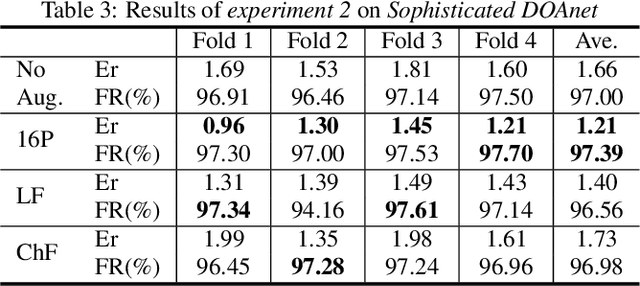
Abstract:In this paper, we propose a novel data augmentation method for training neural networks for Direction of Arrival (DOA) estimation. This method focuses on expanding the representation of the DOA subspace of a dataset. Given some input data, it applies a transformation to it in order to change its DOA information and simulate new potentially unseen one. Such transformation, in general, is a combination of a rotation and a reflection. It is possible to apply such transformation due to a well-known property of First Order Ambisonics (FOA). The same transformation is applied also to the labels, in order to maintain consistency between input data and target labels. Three methods with different level of generality are proposed for applying this augmentation principle. Experiments are conducted on two different DOA networks. Results of both experiments demonstrate the effectiveness of the novel augmentation strategy by improving the DOA error by around 40%.
 Add to Chrome
Add to Chrome Add to Firefox
Add to Firefox Add to Edge
Add to Edge